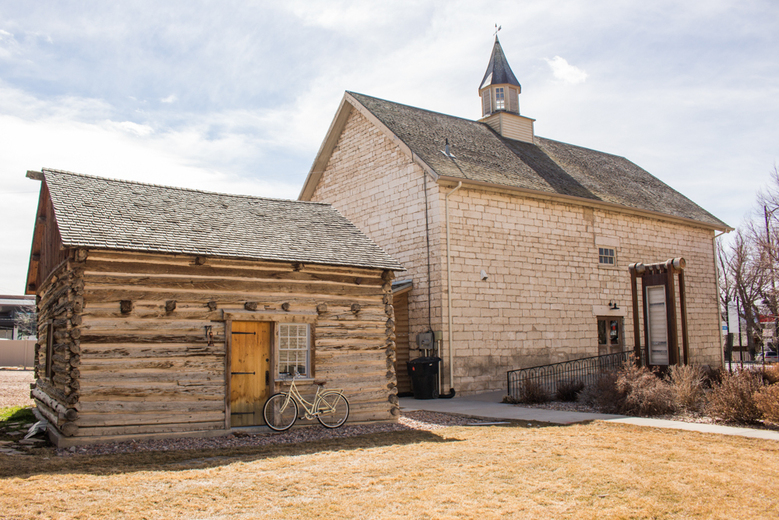By Rhonda Lauritzen, independent biographer and author.
In the spring of 2017, I had no idea the journey ahead when I answered a call from architect, Shalae Larsen, asking me to collaborate on a National Register of Historic Places nomination for the Ephraim Relief Society Granary. The historic grain saving program was run by the women’s organization of the Church of Jesus Christ of Latter-day Saints,1 called the Relief Society.
The building today houses Granary Arts, a nonprofit community art center and world-class gallery. Its Executive Director, Amy Jorgensen, hoped to uncover the stories of women as part of the National Register process. I was all-in because as a biographer and family storyteller, I feel a deep longing for more women’s voices from Utah’s past. What would it be like to overhear the ancestors whispering to each of their triumphs and heartbreaks? What of their opinions? Through this project, I found a vein of historic voices almost that rich. Gold indeed.
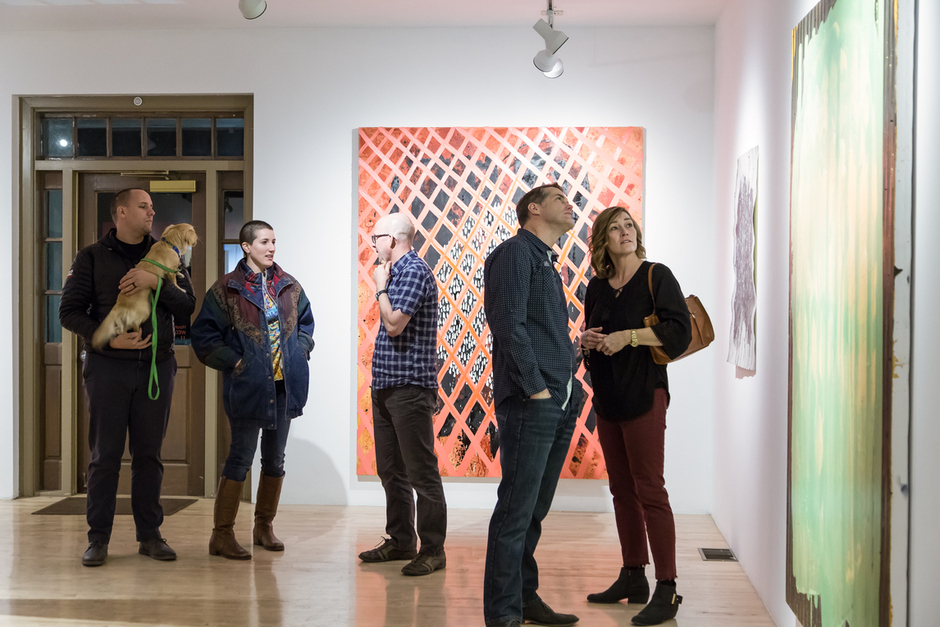
Before delving into that, here is a little background for historic context. In 1876, Church President Brigham Young asked Emmeline B. Wells, the General Relief Society Secretary if she would lead efforts to store grain. This was partly in response to years where “Mormon Crickets” and grasshoppers had nearly decimated the harvest. A strategy of self-reliance was also core to Church philosophy, and grain storage was in keeping with a belief that Church members must prepare for the second coming of Jesus Christ.
The Relief Society worked with gusto and in this spirit, nearly every town in Utah built a Relief Society granary. Today, however, only nine remain.2 The Ephraim Relief Society Granary was owned autonomously by the women and was especially large and beautiful. Why? The story of Ephraim Relief Society President, Sarah Peterson, may offer a clue. While her husband was serving an overseas mission for the Church, she grew a crop of wheat that saved her whole town from starvation.3
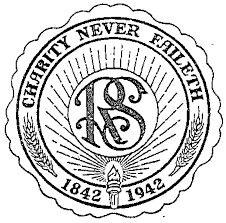
I was hungry for more stories like Sarah’s, and I read passages in Professor Tom Carter’s beautiful book Building Zion: The Material World of Mormon Settlement that gave me a hint where to look. Carter said, “Zion was a man’s world. In reading over 50 years of ward minutes for each town in the valley, I encountered no female voice. They were there, but in public at least, perfectly silent. We can hear their voices in journals and diaries but mostly they speak of their daily routines.” 4 In a marked contrast, he then recounts a colorful vignette of how women in nearby Spring City, Utah got their own hall. This told me that if I wanted to hear from the women directly, I needed to track down their minutes.
This led me on a quest for Ephraim’s Relief Society minutes. I called all over the Sanpete Valley and followed a ridiculous number of dead ends until it finally dawned on me to just call Professor Carter. He was generous with his knowledge and pointed me to the Church History Library (CHL).
Oh! The Church History Library should have been obvious to me earlier, but I didn’t know what I didn’t know.
There in the CHL archives, I found everything I needed and more. I discovered two fully-compiled histories of the Ephraim Relief Society: one early typed manuscript5 and another full bound book.6 How could these rich histories have eluded me for so long? I also found the original source: longhand minutes on microfilm from the early days of Ephraim’s Relief Society.
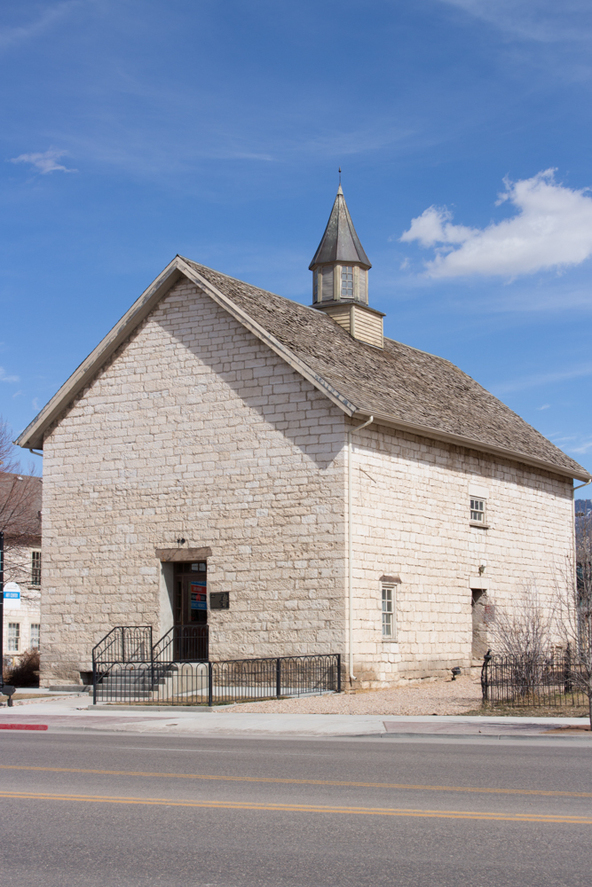
Courtesy Granary Arts 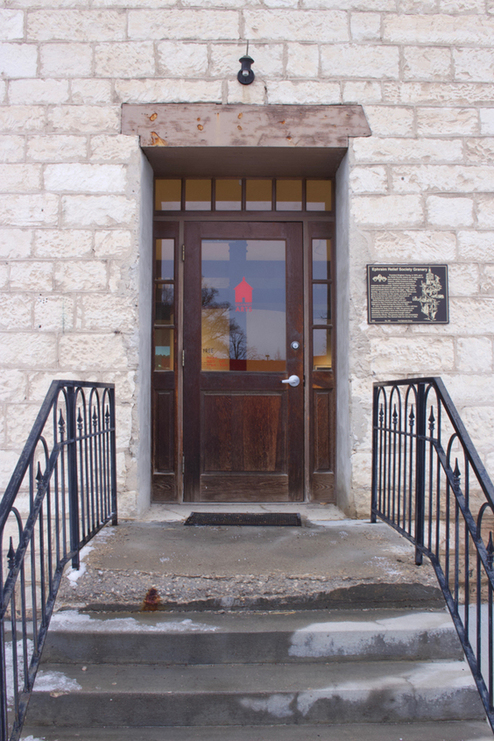
Courtesy Granary Arts 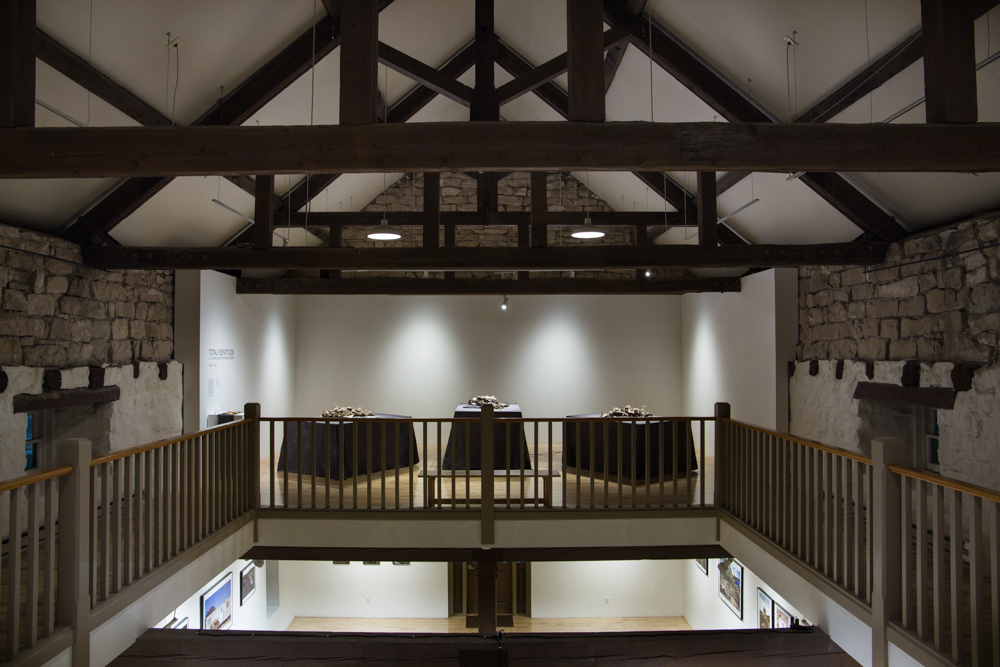
Courtesy Granary Arts
Now a new possibility thrills me, namely that candid histories and minutes could exist for any town settled by members of the Church. What else still awaits discovery?
This story has beckoned me in a way that I can’t quite put into words. Perhaps the seed was planted when I unexpectedly read the words of my own fourth-great grandmother on the pages of Professor Carter’s book. She was part of the Spring City saga I mentioned earlier, quoted with personality and stubbornness as she championed for the women of Spring City to have their own space. I have read her formal personal history, which is an inspiring testimony that brings tears to my eyes. This, however, was a whole different side of her.
By the way, the women of Spring City did get their building, a feat not accomplished at Temple Square in Salt Lake City until 1956. Sixty years earlier, a minute taker for a General Relief Society meeting quoted Relief Society member Sarah M. Kimble with the words “[she] felt it a humiliation to be without a place of our own.”7 Again, the minutes indicate what the women really thought.
As I reflect on this National Register project and the stories unearthed, it feels to me like the ancestors want to be remembered. This trail kept beckoning me forward, long after I should have stopped. Some stories just won’t let you go.
I wonder where it will lead next.
About the Author:
Rhonda Lauritzen is the founder and a professional biographer at www.Evalogue.Life – Tell Your Story. Rhonda lives to hear and write about people’s lives, especially the uncanny moments. In 2019, she co-authored the historic narrative to nominate the Ephraim Relief Society Granary to the National Register of Historic Places with Shalae Larsen of IO LandArch. Rhonda’s latest books are How to Storyboard, and Remember When, the inspiring Norma and Jim Kier story.
1 This is the formal name, which will hereafter be abbreviated as the Church. Although the Church’s style requests discontinuation of the name Mormon or LDS, we are choosing to include the term Mormon for historic context because of the widespread traditional use of that name during the time period.
2 U.S. National Park Service, National Register of Historic Places Inventory – Multiple property Documentation Form: Mormon Church Buildings in Utah, 1847 – 1936. 1987.
3 BYU Scholars Archive – A Folk History of the Manti Temple: A Study of the Folklore and Traditions Connected with the Settlement of Manti, Utah, and the Building of the Temple, Masters Thesis Presented to the Department of English, Brigham Young University, by Barbara Lee Hargis, May, 1968. P. 30, oral history “Collected July 6, 1966, Manti, Utah. Florence Peterson Faux, age about 74. Mrs. Faux is a resident of Manti, Utah, and is a temple worker in the Manti Temple.” https://scholarsarchive.byu.edu/cgi/viewcontent.cgi?article=5760&context=etd
4 Carter, Thomas. Building Zion: The Material World of Mormon Settlement. Minneapolis: University of Minnesota Press, 2015.
5 Armstrong, Agnes S., and Helen E. Young. History of the Ephraim Relief Society for the Years Ending 1876-7. Armstrong, Agnes S., and Helen E. Young. History of the Ephraim Relief Society for the Years Ending 1876-7, p. 1. Note: This is a typed manuscript labeled as having been created from original materials on file at Snow College. This copy was found on file in the Church History Library
6 History of the Relief Society in Ephraim 1856-1999. Manti, UT: Universal Impressions, 1999. Found in Church History Library, Secure Stacks, Call # M277.92563 H673 1999
7 History of Relief Society, 1842-1966. Salt Lake City: General Board of Relief Society, 1966. p. 37-38. This book references the original citation as minutes published in The Woman’s Exponent, Vol. 2, October 3, 1896

